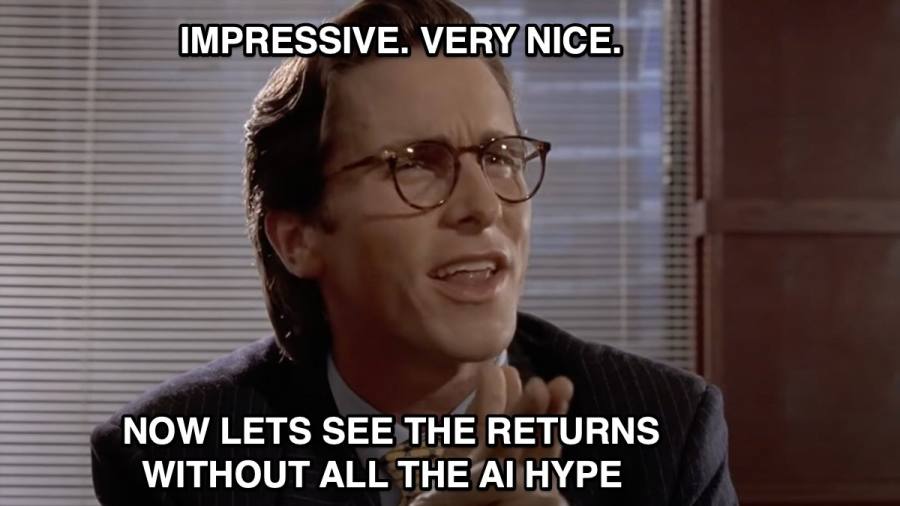Receive free Equities updates
We’ll send you a myFT Daily Digest email rounding up the latest Equities news every morning.
The current market narrative is that an obscene amount of AI hype is the only thing lifting global stocks this year. SocGen’s Andrew Lapthorne points out this is mostly US driven, and even within the US, could be a mirage.
The AI “theme” is undoubtedly helping a handful of big US stocks drag the entire American equity market higher, with the top 10 S&P 500 companies accounting for 12.9 per cent of the broader index’s 16.9 per cent first-half gain.
In other words, without their gains the US market would just be up 4 per cent year-to-date. But Lapthorne points out that these top performers have something else in common, besides AI links of varying plausibility.
The AI-theme is assumed to be behind this performance, but the cynic in me would also highlight that the most obvious commonality amongst this year’s US winners were their big losses in 2022, when this group of stocks lost over 50% on average from the 2021 peak. If the AI theme were such a positive, why are 40% of Nasdaq composite stocks still down by 75% or more from their 2-year highs?
And globally, the AI narrative doesn’t reflect what has become a fairly broad rally. If you assign equal weights to the MSCI Europe, Japan and the US indices, this is the best start to a year since 1998, Lapthorne notes. In dollar terms the Nikkei 225 is off to its best start since 1999.
The types of stocks driving the international rally are also very different, writes SocGen’s lead quant. In Europe and Japan, value stocks have powered the gains, while in the US it’s the usual growthy suspects.
Does this broader-than-thought rally also mean that the market is also stronger-than-thought?
Possibly. But the breadth and/or narrowness of stock market runs has always seemed like a silly way to judge a market’s health, given the fact that only 2.4 per cent of companies account for almost all of the $76tn of net global stock-market-wealth creation between 1990 and 2020.
Instead, we’d note a slightly more reliable (contrarian) indicator that recently hit newsstands.
Read the full article here



